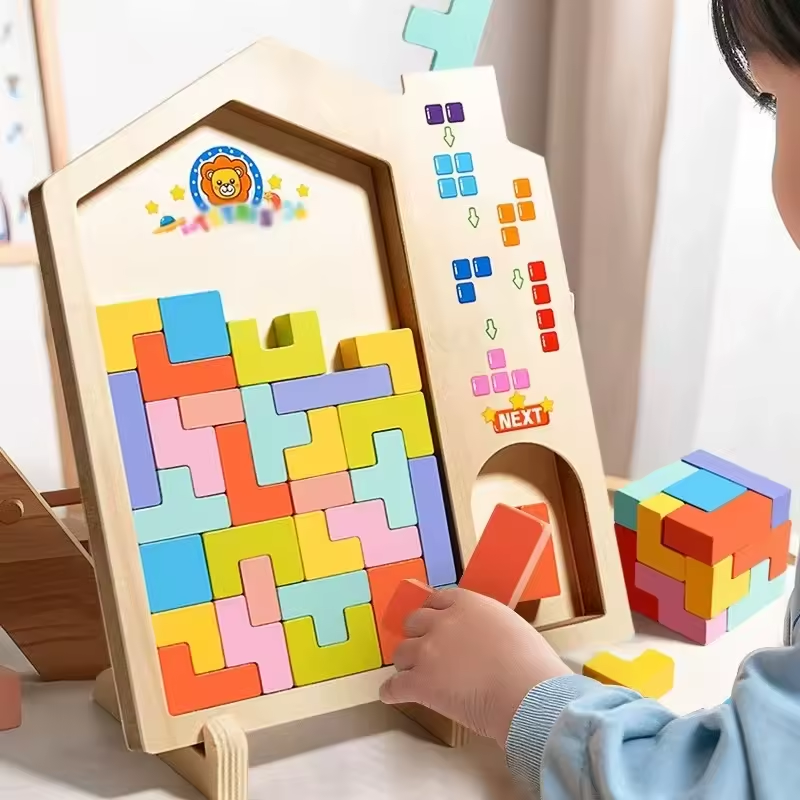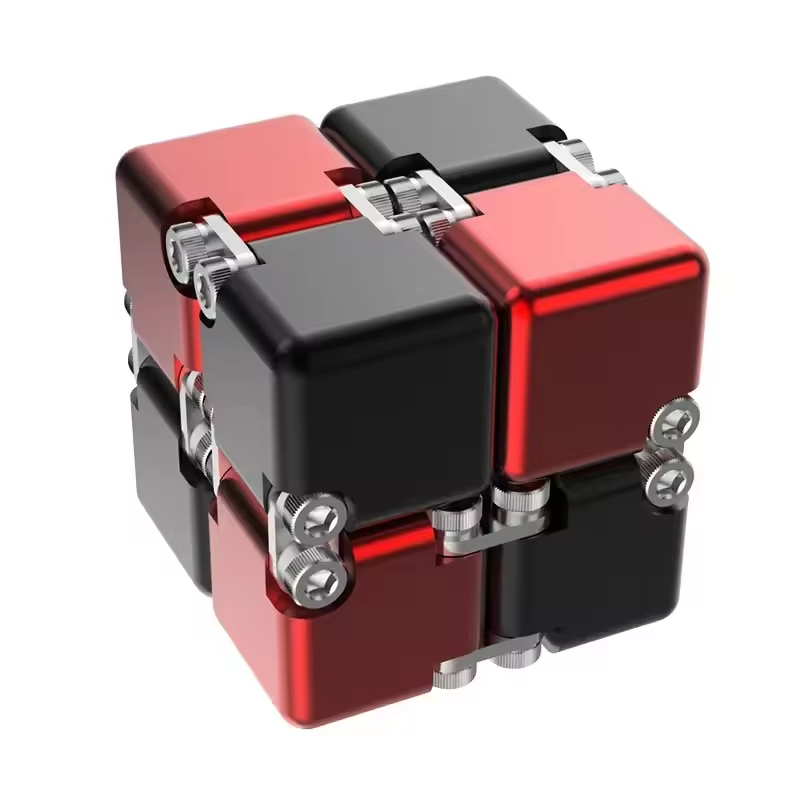Board games have captivated families and friends for generations. They provide a platform for laughter, competition, and shared experiences. But what if you could take your love for games a step further and design your own? The process of crafting a board game can be an enriching and rewarding experience, unlocking your creativity and bringing your unique ideas to life. This article will guide you through the exciting journey of designing your own board game, equipping you with the tools and inspiration to bring your vision to fruition.
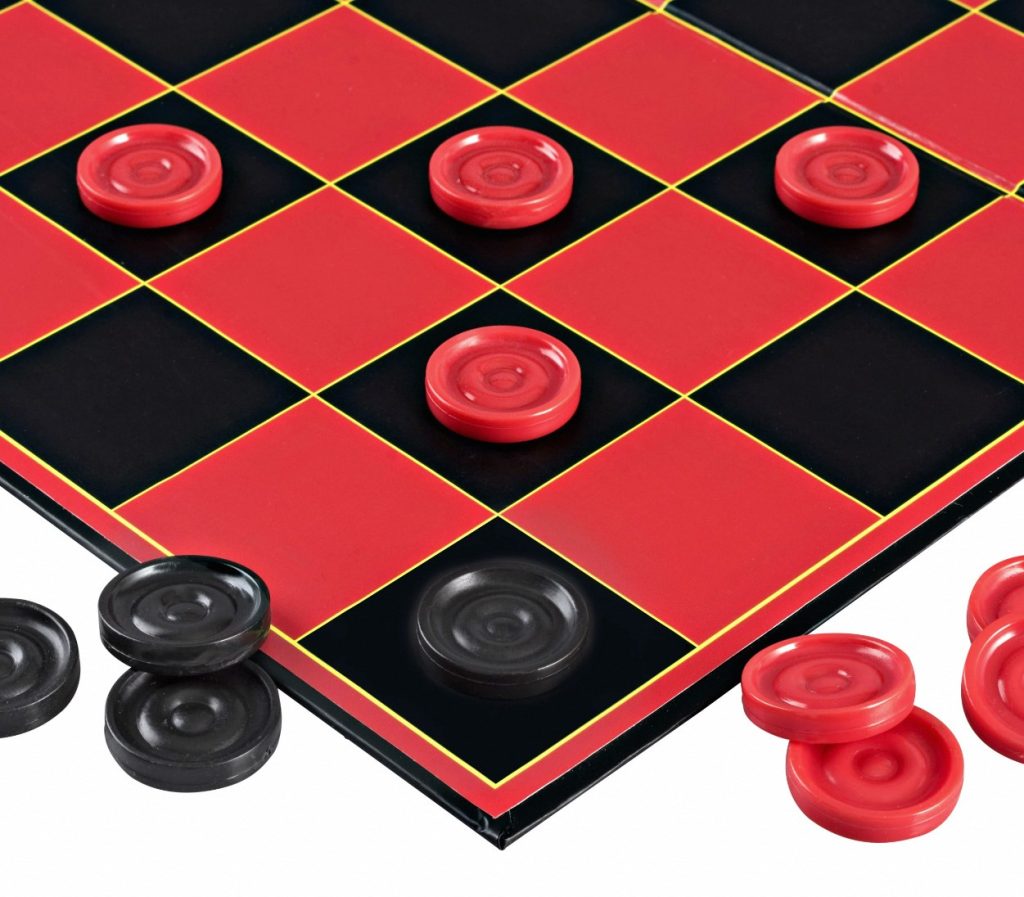
Part 1: Spark Your Imagination
Find Inspiration:
Great board games often emerge from a spark of inspiration. This spark can ignite from anywhere – your favorite book, a historical event, or even a recurring dream. Look for thematic elements that resonate with you and hold the potential for engaging gameplay. Perhaps you’re fascinated by ancient Egypt. You could design a game where players race to build the most impressive pyramid, strategically acquiring resources and managing worker placement.
Identify Your Audience:
It’s crucial to consider the intended audience for your game. Who do you envision playing it? Is it a family-friendly board game created for a lively game night with children and adults alike? Or is it a strategic game tailored for seasoned gamers seeking a deep intellectual challenge? Understanding your target audience will significantly impact various aspects of the game design. It will help determine the complexity of the rules, the artistic style, and even the overall duration of the game. For family-friendly games, simplicity and accessibility may be essential, while strategic games for seasoned players may allow for more intricate rules and deeper gameplay. By identifying your target audience, you can tailor the game to cater to their preferences, ensuring a more satisfying and enjoyable experience for the players. Such considerations can ultimately contribute to the success and popularity of your board game.
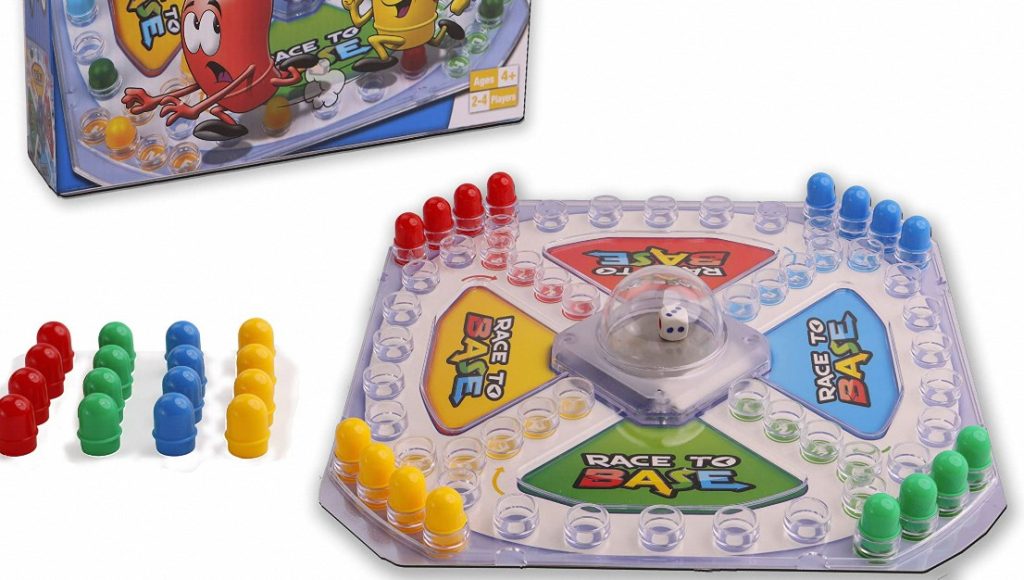
Part 2: Building the Foundation
Mechanics Define the Experience:
The mechanics are the core elements that drive how your game plays. Will it be a race to the finish line, a resource management game, or a cooperative adventure? Popular mechanics include dice rolling, card drafting, and area control. Consider mechanics that complement your chosen theme and target audience. For example, a pirate-themed game might incorporate dice rolling to represent the unpredictable nature of the sea, while a game about space exploration might involve strategic card drafting to acquire resources for your spaceship.
Craft a Compelling Narrative:
Developing a strong narrative for your board game can take it from being just a set of mechanics to becoming a truly immersive experience that captivates players. The narrative does not have to be overly complex. Even a simple goal, such as collecting the most treasure or building the tallest skyscraper, can offer context and purpose for the players’ actions. By providing a storyline or thematic elements to the game, players can become more invested in the gameplay, feeling a sense of purpose and direction. A well-crafted narrative can also add depth and richness to the game, making it more engaging and memorable for the players. It allows them to connect with the game on a deeper level, sparking their imagination and creativity. Ultimately, a strong narrative can greatly enhance the overall gaming experience, making it more enjoyable and rewarding for all involved.
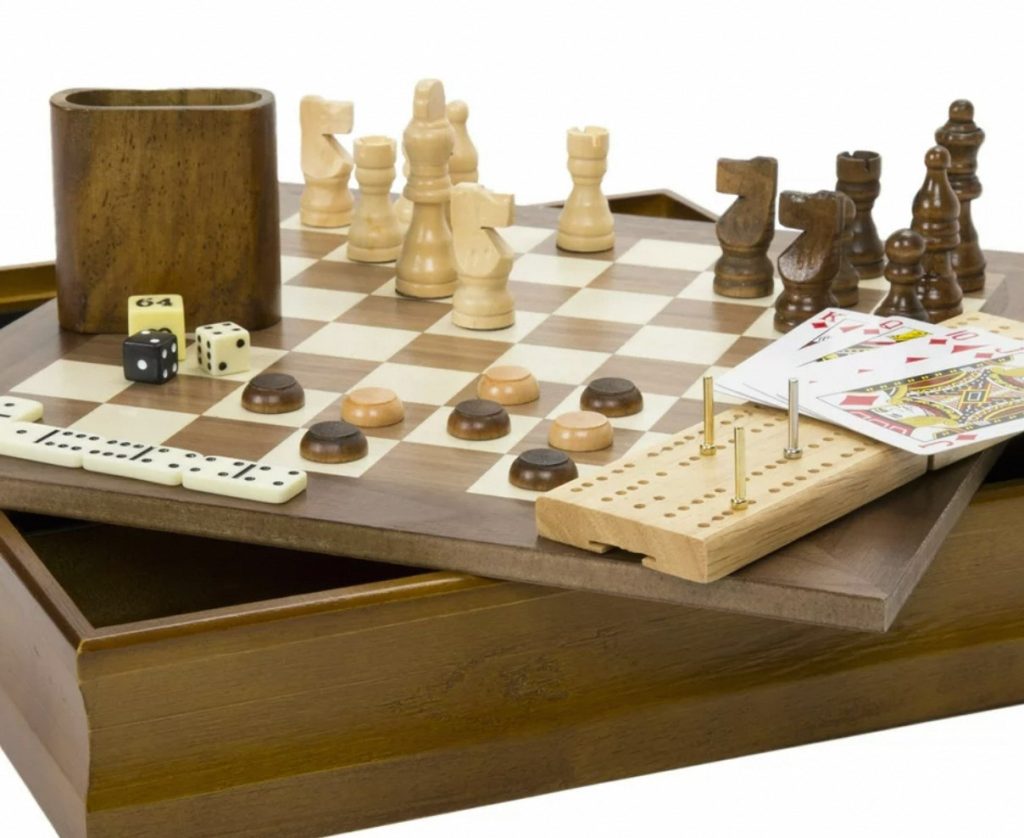
Part 3: Developing the Game
Prototype, Test, Refine:
The best way to develop your game is to create a playable prototype. This can be as simple as a hand-drawn board and improvised game pieces. Playtest your game with a variety of people, observing their reactions and collecting feedback. Be receptive to suggestions and iterate on your design. This process of prototyping, testing, and refining is crucial for ensuring your game is balanced, engaging, and fun.
Embrace the Visuals:
Paying careful attention to the artistic design of your game board, cards, and playing pieces can significantly elevate the overall gaming experience. If you possess artistic skills, you can create your own visuals, giving your game a unique and personal touch. However, if art is not your forte, consider collaborating with an artist or utilizing online design tools to bring your vision to life. Even with a simple art style, employing clear iconography and a visually appealing layout can vastly enhance the playability and enjoyment of your game. Engaging visuals can help immerse players in the game’s theme and narrative, heightening their overall experience. Additionally, eye-catching and well-crafted designs can attract and retain players’ interest, contributing to the game’s appeal and success. Therefore, investing in the artistic design of your game elements can significantly impact the overall quality and enjoyment of the gaming experience.
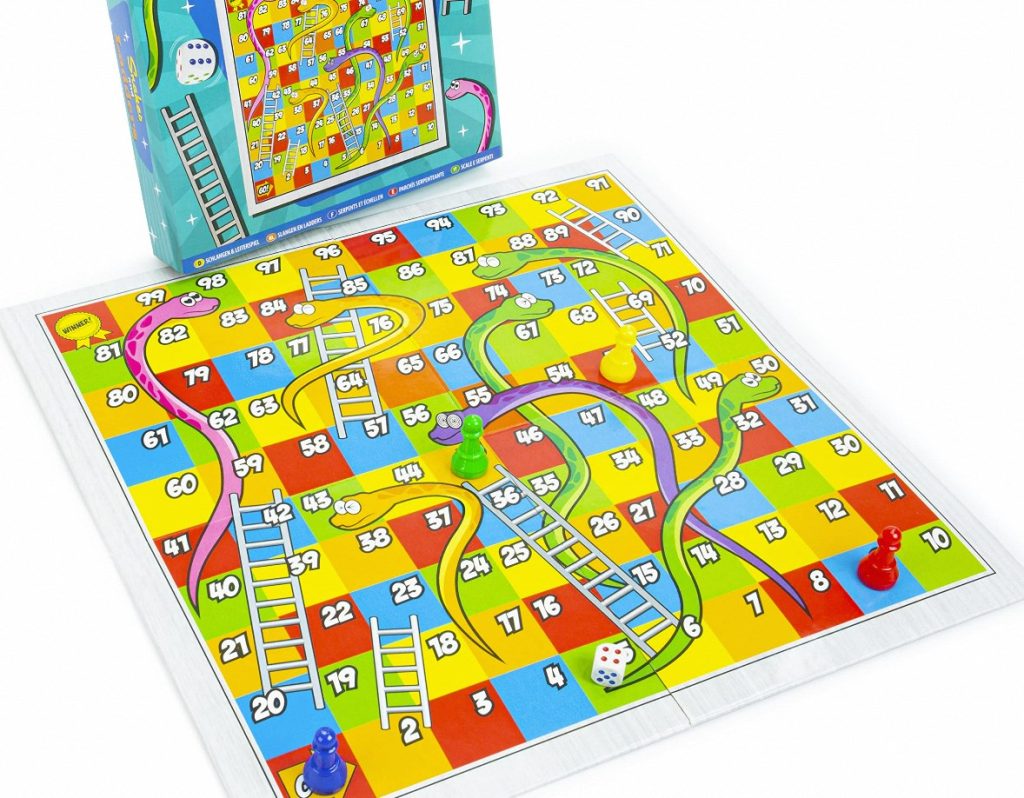
Part 4: Bringing Your Game to Life
Finalize the Rules:
Once you’re content with the fundamental gameplay mechanics of your board game, it’s crucial to document the rules clearly and concisely. Using clear and straightforward language, provide step-by-step instructions that leave no room for ambiguity. Additionally, incorporating visuals where necessary can further enhance understanding, especially for more complex rules or game mechanics. Clear and well-written rules are essential for ensuring a smooth and enjoyable playing experience for all participants. When players can easily comprehend the rules, it reduces confusion and frustration, allowing them to fully engage with the game. Well-documented rules also facilitate easier teaching of the game to new players, thereby expanding its potential player base. Ultimately, investing time in crafting clear and comprehensive rules can significantly contribute to the overall success and appeal of the board game.
Prepare for Production:

While you can certainly enjoy your game with a homemade prototype, consider the possibility of transforming it into a physical product. There are various printing services that can create professional-looking game boards, cards, and boxes. You can also explore online platforms for crowdfunding your game or connecting with game publishers to bring your creation to a wider audience.
Designing your own board game is a wonderful journey of exploration and creativity. By following these steps and unleashing your imagination, you can transform your ideas into a captivating game that can be enjoyed by friends and family for years to come. So grab a pen, paper, and some game pieces, and embark on this exciting adventure in game design!
